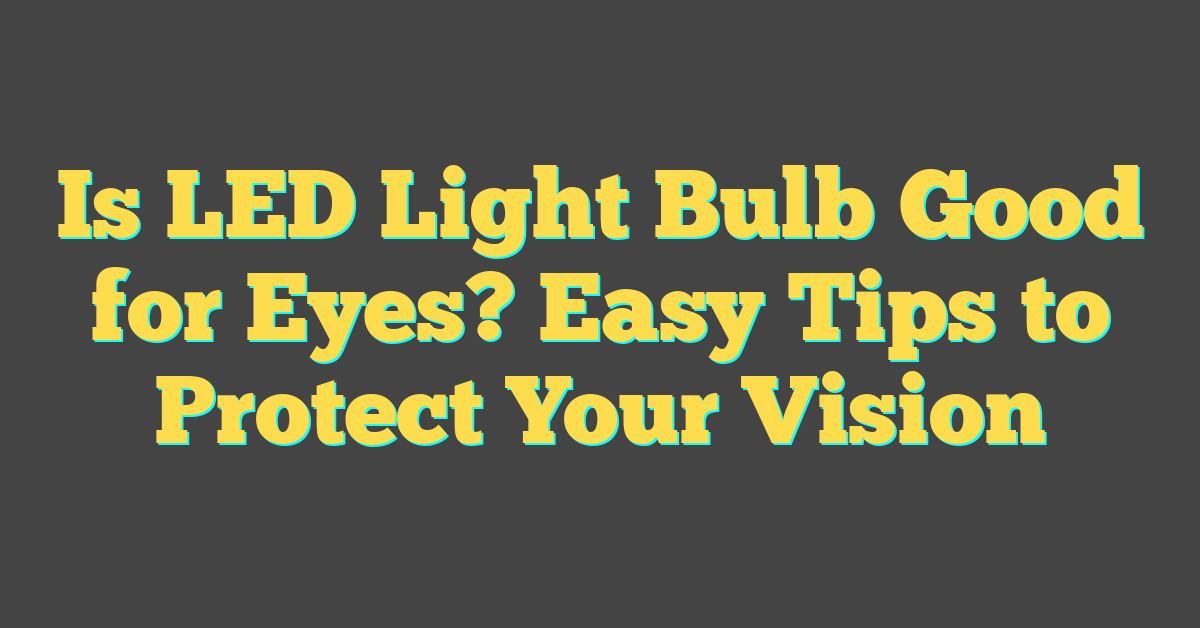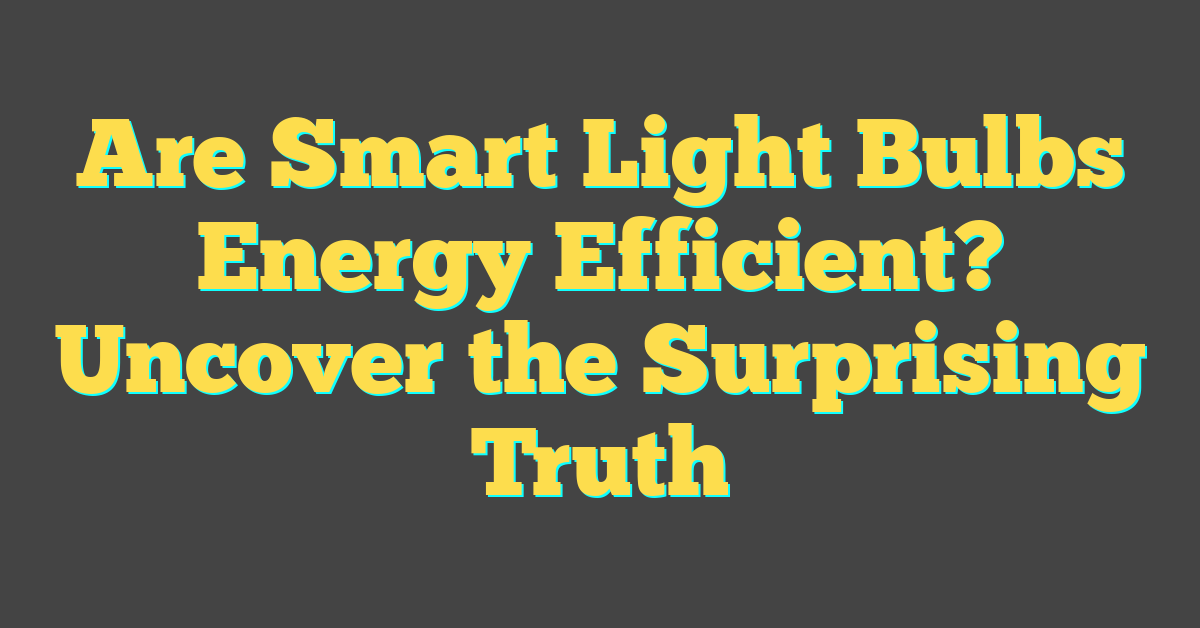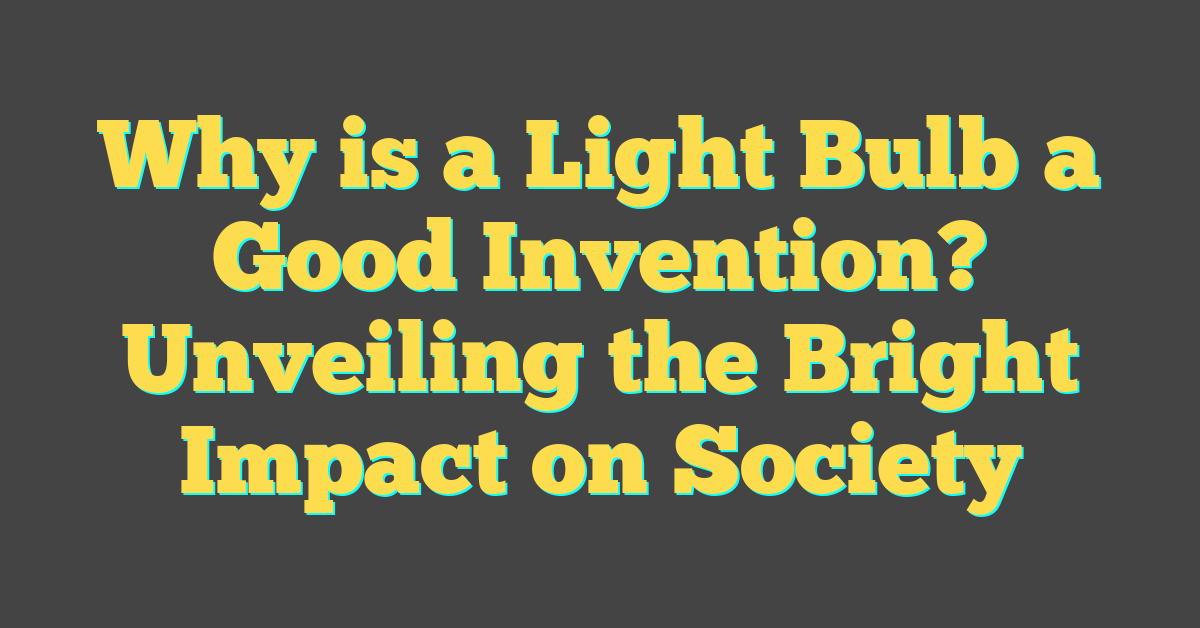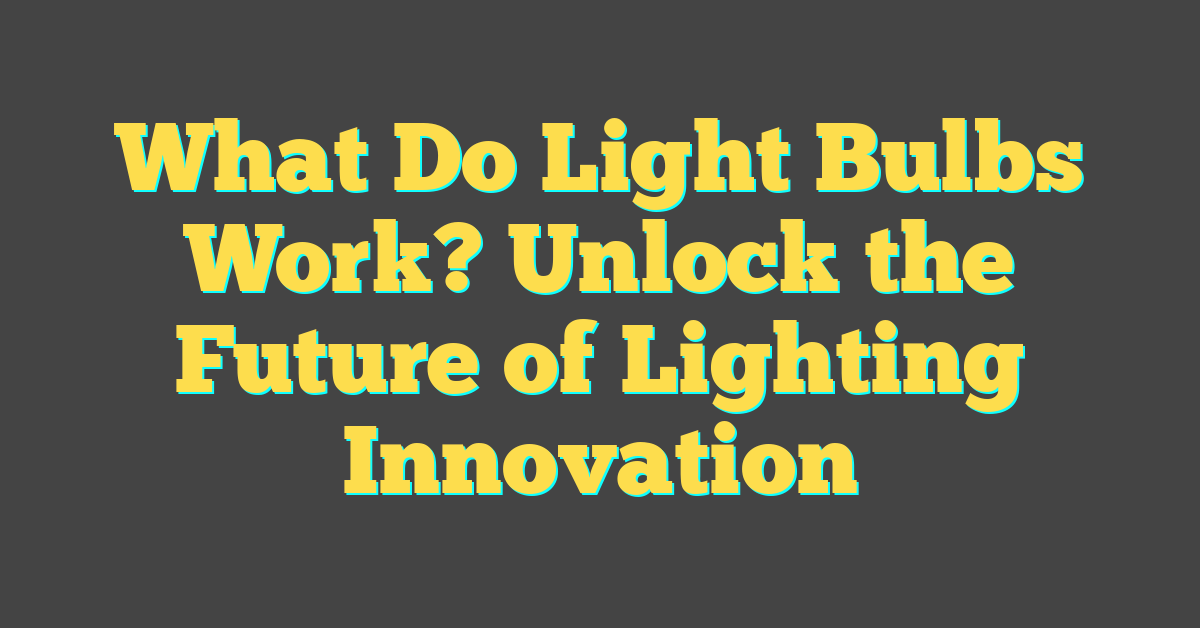Ever wondered if those LED bulbs you’ve switched to are actually easy on your eyes? With the world moving towards energy-efficient lighting, it’s crucial to consider not just your wallet, but also your well-being.

LED lights are everywhere—your home, your office, even on your phone screen. But amidst their glowing popularity, it’s important to ask: are they really safe for your peepers? Let’s shed some light on the matter and find out what’s best for your eye health.
Potential Effects of LED Light on Eye Health
As a light bulb aficionado and a DIY enthusiast, you’re always looking for ways to illuminate your home effectively while keeping an eye out for your well-being. When it comes to LED light bulbs, they’re known for their energy efficiency and longevity, but how do they fare in terms of eye health?
Blue Light Exposure is a major factor to consider with LED bulbs. LEDs emit a significant amount of blue light, which can penetrate all the way to the retina. Long-term exposure to intense blue light could potentially lead to damage and contribute to age-related macular degeneration. Despite this, it’s worth noting that the amount of blue light from LEDs is only a fraction of what you’d get from sunlight.
Flicker Sensitivity is another concern. Some LED lights produce a flicker that’s invisible to the naked eye but can cause discomfort or even migraines in sensitive individuals. However, quality LEDs with the right drivers can minimize this effect, ensuring flicker isn’t a concern.
Possible Mitigation Strategies
- Look for LEDs with a Low Flicker Index and a smooth, steady light output.
- Use Diffusers or lamp shades to disperse the light evenly and reduce glare.
- Seek out bulbs marketed as “flicker-free” to mitigate any potential eye strain.
- Utilize Task Lighting where intense focus is required, so ambient light isn’t too bright for comfortable use.
- Take Regular Breaks if you spend prolonged periods in artificially lit environments.
- Incorporate Natural Light into your spaces whenever possible to balance artificial light exposure.
Balancing brightness, color temperature, and the quality of the LED bulbs you choose goes a long way in making sure you’re not just lighting up your living space but also looking after your eyes. Keep these factors in mind as you select lighting that won’t just create a cozy atmosphere but will also support your vision health.
Blue Light and Its Effects on the Eyes

As a light bulb and lighting aficionado who loves to delve into the nitty-gritty of home DIY projects, you’ve no doubt come across discussions about blue light. Let’s talk about how this type of light can impact your eyes.
Blue light is part of the visible light spectrum and is emitted by the sun as well as by digital screens and LED bulbs. It’s known for its high energy levels and shorter wavelengths. During daytime, blue light can be beneficial; it boosts attention, reaction times, and mood. However, there’s a downside when it comes to prolonged exposure, especially from artificial sources like LED lights.
Research has uncovered that excessive blue light can potentially damage the light-sensitive cells of the retina. This could contribute to conditions such as age-related macular degeneration, which can lead to permanent vision loss. Despite this alarming information, it’s important to remember the intensity and exposure to blue light from LED bulbs is significantly less compared to the blue light you’re bathed in on a sunny day outdoors.
The digital world constantly exposes you to screens and artificial lighting, so here’s a nugget of wisdom from practical experience: Look for LED bulbs with lower color temperatures. Bulbs with a color temperature below 3000 Kelvin emit less blue light and offer a warmer, more comforting light that’s closer to the hues of a sunrise or sunset – simply perfect for your evening unwind.
If your daily routine has you working long hours under LED lighting, consider adjusting your environment. Utilize lamps and fixtures that allow you to layer light and create a lit space that works best for your needs without going overboard on brightness or blue light emission.
Remember, it’s not just about how your space looks; it’s about how it feels and functions. Harmonize your lighting with your lifestyle – that’s the secret to ensuring your lit surroundings support not just your vision, but your overall well-being too.
Comparing LED Bulbs with Other Types of Lighting

When you’re knee-deep in a home DIY project, picking the right type of lighting is as crucial as selecting the perfect paint color. LED bulbs are your modern go-tos, but how do they stack up against traditional incandescents, halogens, and CFLs?
« Is LED Light Bulbs Safe? Unveiling the Truth About LED Safety
Do Light Bulbs Act as Resistors? Discover Their Hidden Role in Lighting »
First off, let’s talk about their longevity. LED bulbs shine far longer than their counterparts. You’ll often find that an LED can last up to 25,000 hours or more. That’s leagues above incandescent and halogen bulbs, which clock in at about 1,000 to 2,000 hours, and even surpasses CFLs, which have a lifespan of roughly 8,000 to 10,000 hours.
| Type of Bulb | Average Lifespan (Hours) |
|---|---|
| LED | 25,000+ |
| Incandescent | 1,000 – 2,000 |
| Halogen | 2,000 – 4,000 |
| CFL | 8,000 – 10,000 |
Energy efficiency is another game-changer. You’ll see that LEDs use about 75% less energy than incandescent lights and even outperform CFLs by a margin.
What about the quality of light? LEDs have made huge strides here, too. Unlike incandescent bulbs that give off a warm glow synonymous with cozy evenings, or the harsher bright white from halogens, LEDs offer a spectrum of color temperatures. From the warm yellows mimicking a sunset to the crisp daylight whites, LEDs let you personalize your lighting mood.
- Incandescent bulbs: Warm, soft light
- Halogens: Bright, white light
- CFLs: Somewhat cooler tones
- LEDs: Wide range available
Tips for Minimizing Eye Strain from LED Bulbs

Eye strain can be quite the bother, especially when you’re trying to unwind at home after a long day. But fear not, there are several nifty tricks to help minimize eye strain caused by LED bulbs.
Adjust Brightness Levels
It’s best to use bulbs that can dim to suit your comfort. Opt for LED bulbs with dimming capabilities, which allow you to adjust the brightness according to your activity and time of day. During the evening, lower the brightness to match the natural decrease in sunlight.
Choose the Right Color Temperature
LED bulbs come in a variety of color temperatures:
- Warm white (2700K to 3000K)
- Cool white (3500K to 4100K)
- Daylight (5000K to 6500K)
For a cozy, relaxing atmosphere that’s gentle on the eyes, use warm white bulbs in living areas and bedrooms. Save cool whites and daylight bulbs for tasks that require alertness and precision, like kitchen work or reading.
Use Task Lighting
Rather than relying solely on overhead lights, incorporate task lighting into your space. Desk lamps, reading lamps, and under-cabinet lights in the kitchen focus light exactly where you need it. This prevents over-illumination of entire rooms, which can contribute to eye strain.
Take Regular Breaks
During extended periods of exposure to artificial light, remember to rest your eyes:
- Follow the 20-20-20 rule: Every 20 minutes, look at something 20 feet away for at least 20 seconds.
- Blink often to refresh your eyes.
Optimize Your Environment
Tailoring your environment can also help:
- Position screens to avoid glare from windows and overhead lights.
- Use shades or curtains to control natural light during the daytime.
- Arrange your workspace so that bright light sources are not directly in your line of sight.
By incorporating these changes, you’ll create a more eye-friendly space that allows for both productivity and relaxation, without the discomfort of eye strain. With your passion for home DIY and lighting, these small adjustments can make a significant impact on your overall comfort and eye health.
Conclusion
You’ve got the power to make LED lighting work for you without compromising your eye comfort. By tweaking brightness, using dimmers, and selecting the ideal color temperature, you’ll create a space that’s both inviting and easy on the eyes. Remember to blend in some task lighting and give your eyes the breaks they deserve. With these adjustments, you’ll enjoy the benefits of LED bulbs and keep your eyes feeling happy and relaxed. So go ahead, make those changes and bask in the glow of a well-lit, eye-friendly environment.
Frequently Asked Questions
What can I do to minimize eye strain from LED bulbs?
You can adjust the brightness levels, use dimmable LED bulbs, and select the appropriate color temperature for different spaces in your home.
Are dimmable LED bulbs better for eye comfort?
Yes, dimmable LED bulbs allow you to adjust the light intensity to suit your comfort, which can help reduce eye strain.
What color temperature is best for reducing eye strain?
For living spaces and relaxation areas, warmer color temperatures (2700K – 3000K) are recommended, while cooler temperatures (3500K – 5000K) are preferred for task-oriented areas.
How does task lighting help minimize eye strain?
Task lighting provides focused light to a specific area, reducing the need for your eyes to adjust to varying brightness levels across a room.
Should I take breaks to prevent eye strain from LED lighting?
Absolutely, taking regular breaks to rest your eyes can significantly help in preventing eye strain when exposed to LED lighting for extended periods.
How can I optimize my environment to reduce eye strain?
To optimize your environment, minimize glare by positioning lights correctly and control natural light using curtains or blinds to reduce eye strain.




